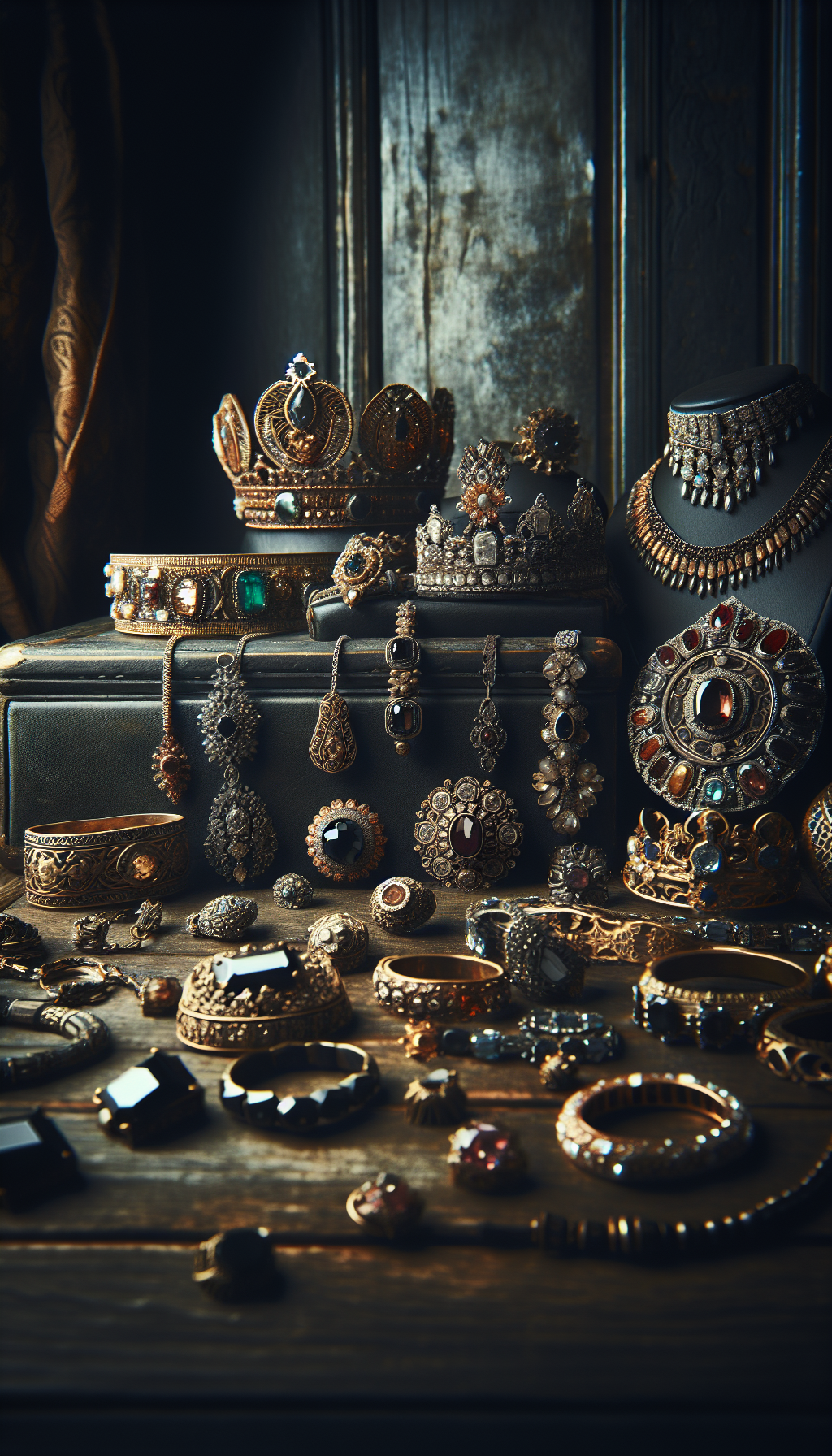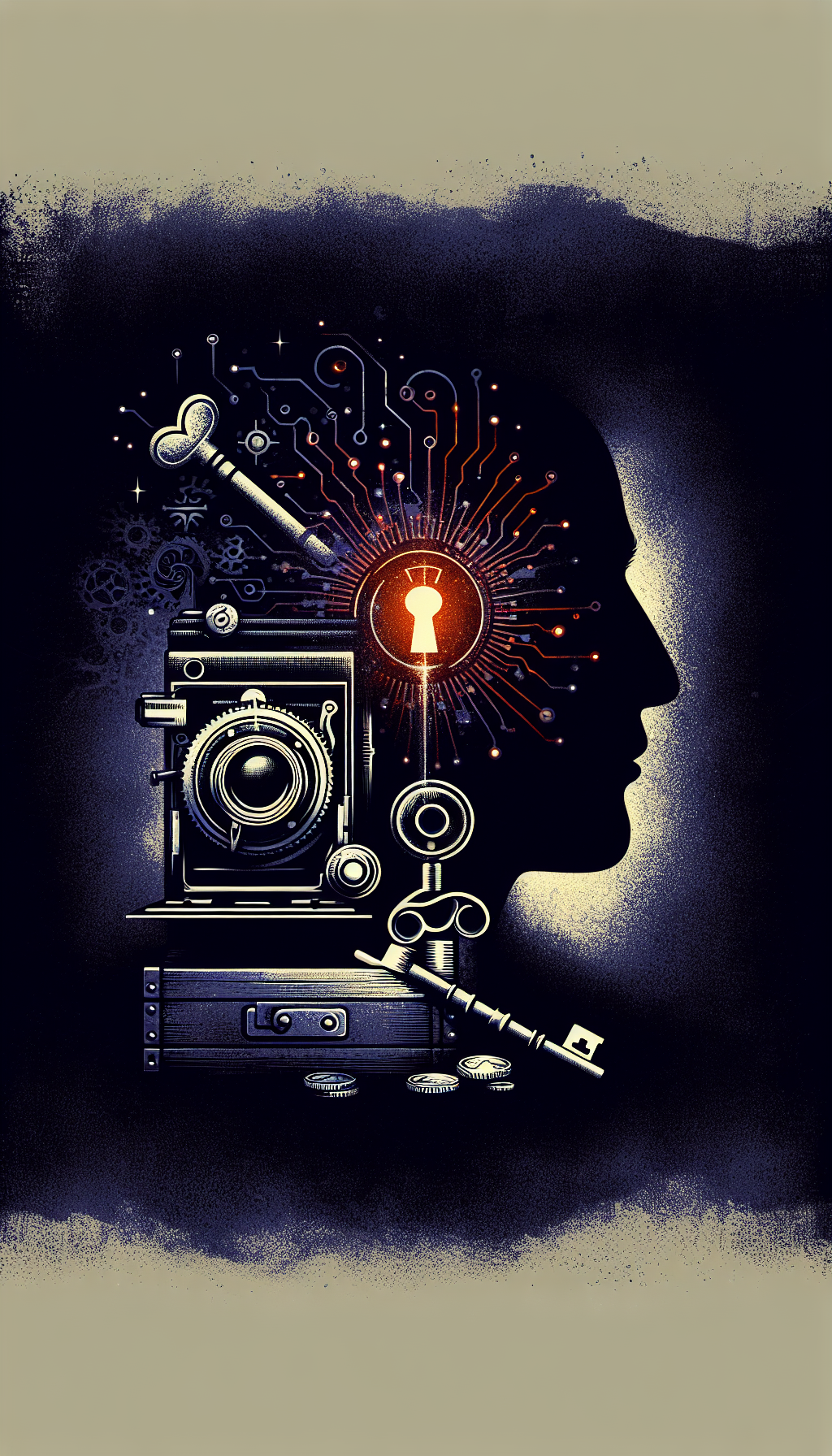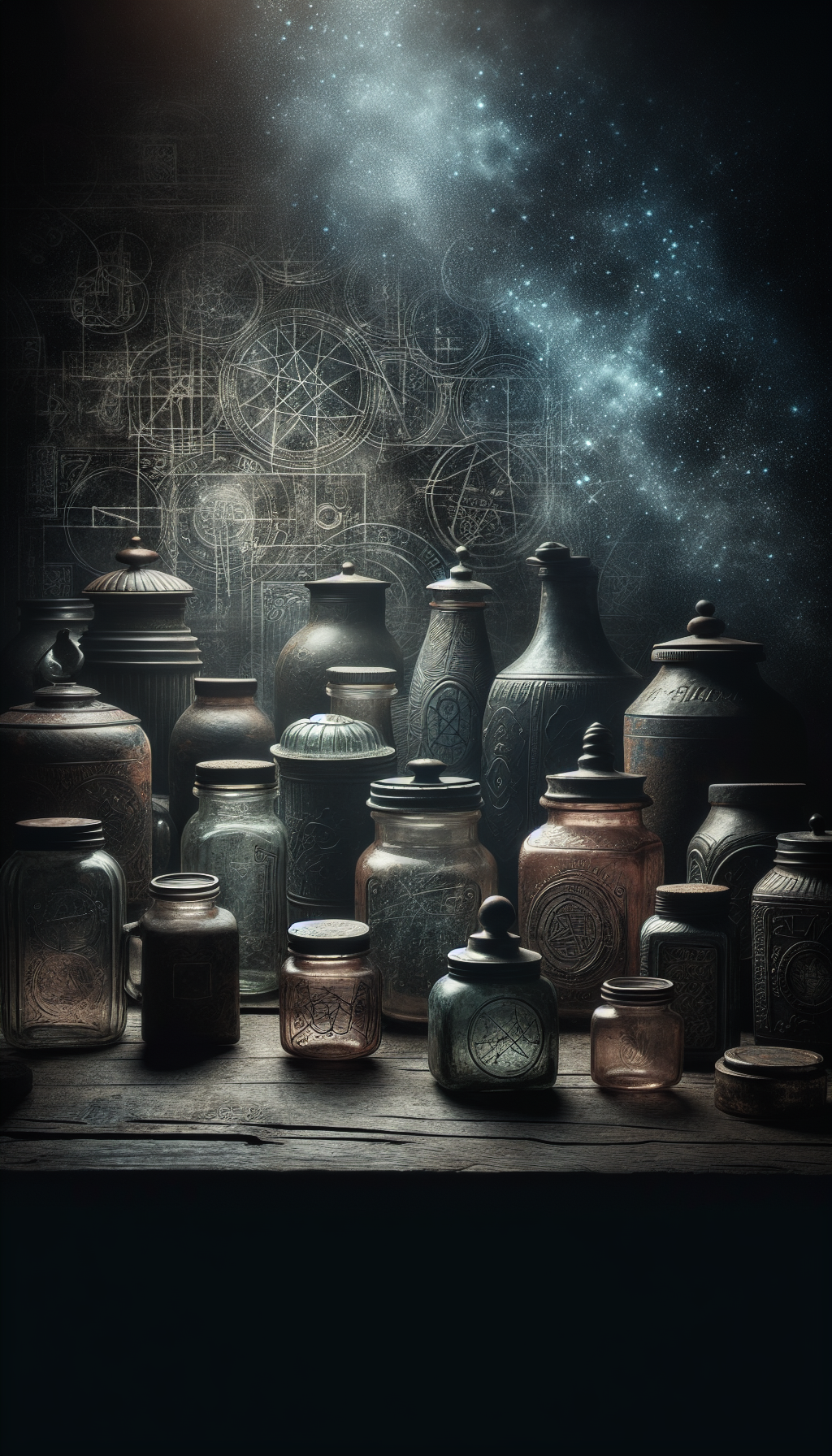The Astronomical Value of Van Gogh's Artwork
Vincent van Gogh (1853-1890) created approximately 900 paintings and 1,100 drawings during his brief artistic career that spanned just a decade. Today, each authenticated Van Gogh represents not only a masterpiece of Post-Impressionist art but also an extraordinary financial asset whose value continues to appreciate.
The market for Van Gogh’s work is characterized by extreme scarcity, as most of his paintings reside permanently in major museums and rarely appear for sale. When they do become available, they consistently break auction records and generate international headlines.
This comprehensive guide explores the current market values of Van Gogh paintings, the factors that determine their worth, and the fascinating story of how his work transitioned from being virtually worthless during his lifetime to becoming among the most coveted treasures in the art world.
Van Gogh Market Insights
Record-Breaking Van Gogh Sales
Vincent van Gogh’s paintings regularly command extraordinary prices when they appear at auction, which happens infrequently due to their scarcity and the fact that most are held in permanent museum collections.
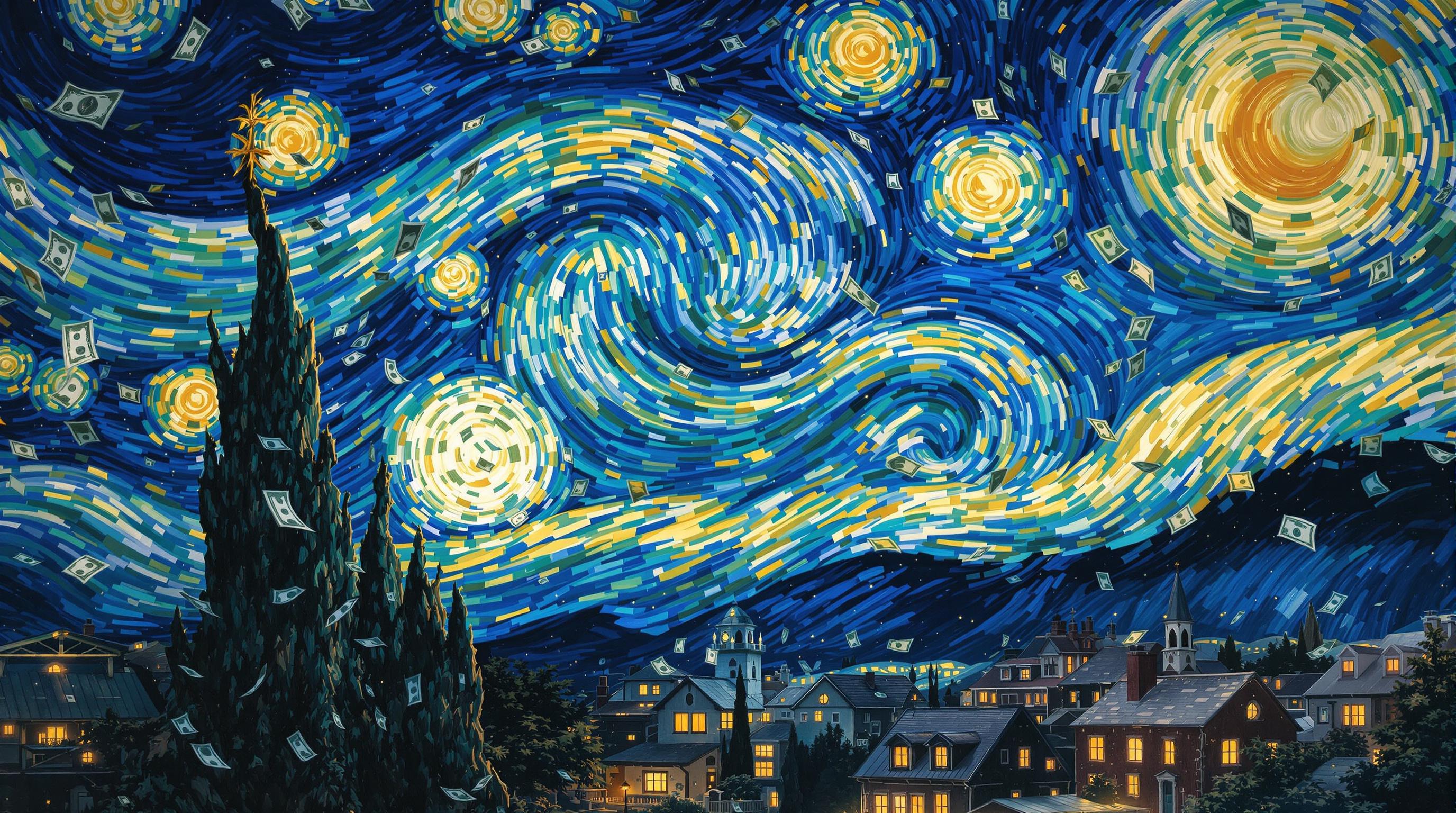
Top 5 Most Expensive Van Gogh Paintings Ever Sold
Record Van Gogh Auction Prices
Highest prices achieved at public auction for Van Gogh paintings (adjusted for inflation)
</tbody>
</table>
According to The Art Newspaper, “Portrait of Dr. Paul Gachet” held the record as the most expensive Van Gogh for over 30 years after selling for $83 million in 1990 (approximately $152 million in today’s dollars). It was purchased by Japanese businessman Ryoei Saito, who famously declared he wanted the painting cremated with him upon his death (though this did not happen).
More recently, “Orchard with Cypresses” set a new Van Gogh record when it sold at Christie’s New York in 2022 for $117.2 million, as reported by Masterworks.
Value Range of Van Gogh Artworks
While headline-grabbing auction records highlight the upper echelon of Van Gogh’s market, his works span a wide range of values based on medium, period, subject matter, and other factors.
Current Value Ranges by Medium and Period
Van Gogh Value Ranges by Medium
Approximate market values as of 2025
| Category | Price | Notes |
|---|---|---|
| Orchard with Cypresses | $117.2 million | Christie's New York, 2022 |
| Portrait of Dr. Paul Gachet | $83 million ($152 million in 2024 dollars) | Christie's New York, 1990 |
| Portrait of Joseph Roulin | $58 million ($111 million in 2024 dollars) | Private Sale, 1989 |
| Irises | $53.9 million ($100 million in 2024 dollars) | Sotheby's New York, 1987 |
| Laboureur dans un champ | $81.3 million | Christie's New York, 2017 |
</tbody>
</table>
According to information from MutualArt, in the past 12 months, Van Gogh’s paintings have averaged $868,848 at auction, while his works on paper have sold for an average of $295,872. This data represents the lower end of the market, as his major oil paintings rarely appear at auction.
As noted on Quora, in 2007, a small pencil drawing by Van Gogh from 1882 titled “Almshouse Man Raking” sold at Sotheby’s Amsterdam for only $160,000—less than 1% of what his top paintings command. This illustrates the wide range in values depending on medium, period, and subject matter.
Evolution of Van Gogh's Market Value
- 1890
During Van Gogh's Lifetime
Van Gogh sold only one painting while alive - “The Red Vineyard” - for approximately 400 francs (about $2,000 in today’s currency). - 1891-1900
Posthumous Recognition Begins
After Van Gogh’s death, his sister-in-law Johanna van Gogh-Bonger began promoting his work, with paintings selling for 400-800 francs (approx. $1,600-$3,200 today). - 1901-1930
Growing Reputation
Van Gogh’s works gained recognition in influential exhibitions, with prices rising to tens of thousands of dollars for major paintings. - 1931-1986
Museum Acquisition Period
Major museums acquired numerous Van Gogh works, removing them from the market and increasing scarcity. Prices climbed to millions of dollars. - 1987-1990
First Auction Boom
Record-breaking sales including “Irises” ($53.9M in 1987) and “Portrait of Dr. Gachet” ($83M in 1990) established Van Gogh in the very highest tier of the art market. - 1991-2020
Continued Appreciation
Values continued to climb with very few works available for sale. Museums held approximately 85% of Van Gogh’s oil paintings. - 2021-Present
New Records Set
“Orchard with Cypresses” set a new auction record at $117.2 million in 2022, confirming Van Gogh’s position among the most valuable artists in history.
Iconic Van Gogh Works and Their Values
Some of Van Gogh’s paintings have become cultural icons, recognized worldwide and virtually priceless due to their importance to art history. While these works rarely (if ever) come to market, their theoretical values are often discussed.
Value of Van Gogh's Most Famous Masterpieces
Estimated Values of Museum-Held Masterpieces
Theoretical values if these paintings were to appear on the market (2025 estimates)
| Category | Price | Notes |
|---|---|---|
| Major Oil Paintings (French Period) | $20 million - $100+ million | Vibrant color palette, iconic subjects |
| Early Oil Paintings (Dutch Period) | $5 million - $30 million | Darker palette, peasant subjects |
| Watercolors | $1 million - $15 million | Rarer than drawings, less common medium for Van Gogh |
| Drawings and Sketches | $300,000 - $5 million | Pencil, pen or ink on paper |
| Early Sketches | $100,000 - $500,000 | Basic drawings from his formative period |
</tbody>
</table>
As noted by Christie’s, “Van Gogh paintings and drawings rarely come to auction, and when they do, achieve historic prices.”
The Van Gogh Museum in Amsterdam holds the world’s largest collection of his works (over 200 paintings and 500 drawings), effectively removing them from the market permanently. The same is true for major works in other prestigious institutions like MoMA, the Musée d’Orsay, and the National Gallery.
Factors That Determine a Van Gogh’s Value
The value of a Van Gogh painting is influenced by numerous factors beyond just the artist’s signature. Understanding these elements helps explain the wide price range seen in his work.
Key Value Determinants for Van Gogh Artwork
Value Factors for Van Gogh Paintings
Key elements that determine a Van Gogh's market value
- Period and Style: French period works (1886-1890) with vibrant colors command highest prices
- Subject Matter: Iconic subjects like sunflowers, self-portraits, and cypress trees are most valuable
- Size: Larger canvases typically command higher prices than smaller works
- Provenance: Clear ownership history and prestigious previous owners increase value
- Exhibition History: Works featured in major exhibitions carry enhanced prestige
- Condition: Well-preserved paintings without significant restoration command premium prices
- Literature References: Works featured in respected publications and catalogs gain validation
- Authentication: Absolute certainty of authenticity is essential for maximum value
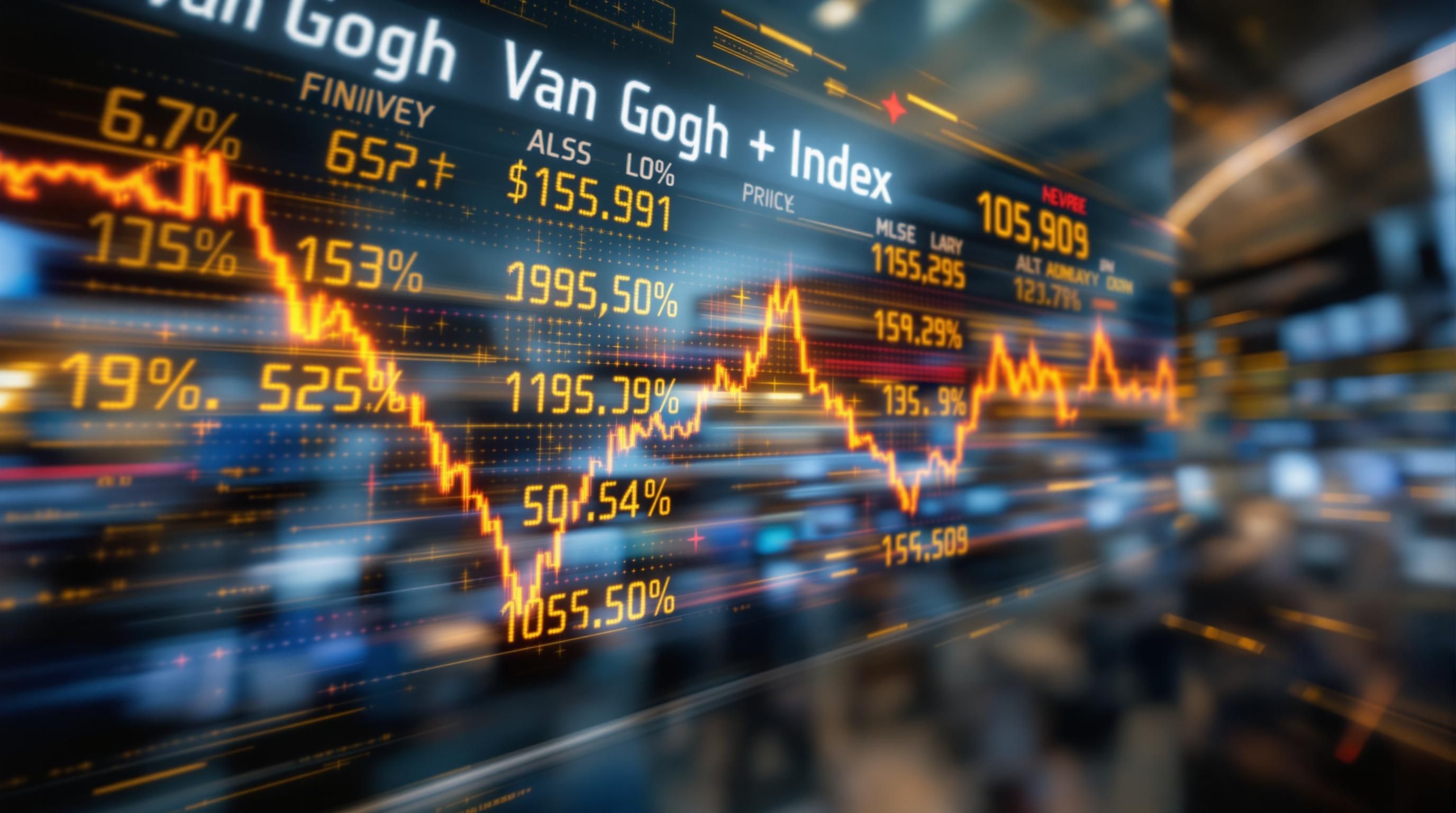
According to art market experts, Van Gogh’s artistic development can be divided into distinct periods that significantly impact value:
Early Dutch Period (1881-1885): Characterized by dark, earthy tones and peasant subjects. These works generally sell for lower prices compared to his later works but still command millions.
Paris Period (1886-1888): Shows the influence of Impressionism with a lighter palette. These transitional works are highly valued for showing Van Gogh’s artistic evolution.
Arles Period (1888-1889): Features vibrant colors and bold compositions, including some of his most famous works like the Sunflowers series. These command extraordinary prices.
Saint-Rémy Period (1889-1890): Created during his stay at the asylum, including “The Starry Night.” These emotionally charged works are among his most valuable.
Auvers-sur-Oise Period (1890): His final works, created shortly before his death, are extremely valuable due to their intensity and historical significance.
The Authentication Challenge
Given the extraordinary values of Van Gogh paintings, authentication is a critical and complex process. The Van Gogh Museum in Amsterdam is considered the definitive authority on authenticating his work.
Authentication Process for Van Gogh Artwork
Authentication generally involves:
Technical Analysis: Scientific examination of paint pigments, canvas, and materials to confirm they match those available in Van Gogh’s time.
Stylistic Analysis: Expert evaluation of brushwork, composition, and style to determine consistency with Van Gogh’s documented techniques.
Provenance Research: Tracing the painting’s ownership history back to Van Gogh or his family.
Correspondence Evidence: Checking if the work was mentioned in Van Gogh’s extensive letters to his brother Theo.
Catalog Raisonné: Verification against the complete catalog of Van Gogh’s work compiled by leading scholars.
Recently, a New York Post article reported a remarkable discovery of a Van Gogh painting allegedly purchased at a Minnesota garage sale for less than $50 that experts believe could be worth $15 million. Such stories highlight both the allure of discovering unknown Van Goghs and the rigorous authentication process required to confirm their authenticity.
Van Gogh Authentication Facts
The Historical Context: From Obscurity to Fame
One of the most fascinating aspects of Van Gogh’s market is how dramatically values have changed since his lifetime, when he was virtually unknown and sold just one painting.
Van Gogh's Path from Obscurity to Market Dominance
According to The Art Newspaper, the first 11 Van Gogh paintings sold in 1891 (the year after his death) were marketed through art dealer Julien Tanguy at prices of roughly 400 francs each (then £16, or approximately $1,600-$2,000 in today’s currency).
The dramatic increase in Van Gogh’s market value began in earnest in the early 20th century and accelerated dramatically after major museum acquisitions in the mid-20th century increased his work’s scarcity in the market.
A Reddit discussion notes that Van Gogh’s transformation from unrecognized artist to market phenomenon represents one of the most dramatic value shifts in art history.
Today, with most significant works in permanent museum collections, even minor Van Gogh drawings command prices that would have been unimaginable during his lifetime.
Buying and Selling Van Gogh Artwork
For those interested in the practical aspects of buying or selling a Van Gogh, the process is complex and generally limited to the most sophisticated collectors and institutions.
The Market for Van Gogh Artwork
Key considerations for potential buyers and sellers:
Auction Houses: Major Van Goghs almost exclusively appear at Christie’s, Sotheby’s, or other premier auction houses, which provide authentication services and global marketing reach.
Private Sales: Many high-value transactions occur privately between collectors or institutions, often brokered by specialized art dealers who maintain discretion.
Insurance and Security: Works valued in the millions require specialized fine art insurance and security measures during transport and display.
Export Restrictions: Many countries have laws restricting the export of Van Gogh’s work as cultural patrimony, complicating international sales.
Tax Implications: Sales of high-value artwork often involve significant capital gains tax considerations, though donations to museums may provide tax benefits.
Market Venues for Van Gogh Works
Primary selling channels for authenticated Van Gogh artwork
| Category | Price | Notes |
|---|---|---|
| The Starry Night (1889) | $200-300 million | Museum of Modern Art, New York |
| Sunflowers (1888) | $150-200 million | National Gallery, London |
| The Potato Eaters (1885) | $100-150 million | Van Gogh Museum, Amsterdam |
| Café Terrace at Night (1888) | $150-250 million | Kröller-Müller Museum, Netherlands |
| Self-Portrait with Bandaged Ear (1889) | $120-180 million | Courtauld Gallery, London |
</tbody>
</table>
The Future of Van Gogh’s Market
Art market experts generally predict continued strong appreciation for Van Gogh’s work, driven by increasing global wealth, limited supply, and the artist’s universal appeal.
Future Trends in Van Gogh Valuations
Key factors influencing future values:
Increasing Rarity: The likelihood of major works appearing on the market continues to decrease as museums and long-term collectors acquire and hold Van Gogh paintings.
Global Wealth Expansion: New billionaires from emerging economies are entering the high-end art market, expanding the pool of potential buyers.
Cultural Status: Van Gogh’s iconic status transcends cultural boundaries, making his work desirable to collectors worldwide.
New Discoveries: The possibility (though increasingly rare) of previously unknown works being authenticated creates market excitement.
Digital Reproduction Rights: As digital art evolves, the licensing and reproduction rights for iconic Van Gogh images represent a growing value component.
While predicting specific future values is impossible, the consistent upward trajectory of Van Gogh’s market over more than a century suggests continued strong performance, particularly for his most iconic works from the French period.
Common Questions About Van Gogh Painting Values
What is the most expensive Van Gogh painting ever sold?
How much would 'The Starry Night' be worth if sold today?
Did Van Gogh sell any paintings during his lifetime?
What is the least expensive Van Gogh artwork ever sold?
How many Van Gogh paintings exist in total?
How can I authenticate a suspected Van Gogh painting?
Are Van Gogh's drawings worth as much as his paintings?
When did Van Gogh's paintings start becoming valuable?
External Resources for Van Gogh Values and Authentication
The Art Newspaper: Ten Most Expensive Van Gogh Paintings
In-depth analysis of record-breaking Van Gogh sales with historical context and market insights.
Christie's: Vincent van Gogh Artist Page
Auction records, upcoming sales, and expert analysis from one of the world’s premier auction houses.
MutualArt: Vincent van Gogh Market Data
Comprehensive database tracking auction results, exhibition history, and market trends for Van Gogh’s work.
Van Gogh Museum: Authentication Services
Official resources from the world’s leading authority on Van Gogh authenticity and research.
Masterworks: Van Gogh Most Expensive Paintings
Analysis of Van Gogh’s top auction results with insights into what drives his market values.
Wikipedia: List of Most Expensive Paintings
Comprehensive list of record-breaking art sales including multiple Van Gogh works in the context of global art market.
Conclusion: The Enduring Value of Van Gogh’s Legacy
The extraordinary market for Vincent van Gogh’s artwork represents one of the most remarkable value transformations in art history. From the tragic reality of an artist who sold just one painting during his lifetime for a modest sum, Van Gogh’s work has risen to command prices that place him consistently among the most valuable artists in the world.
This trajectory reflects not just market speculation but a genuine recognition of Van Gogh’s revolutionary contribution to art history. His distinctive style, emotional intensity, and artistic innovation continue to resonate with viewers more than 130 years after his death.
For collectors and investors, Van Gogh’s work represents both cultural significance and financial value. The extreme scarcity of available works, with most major paintings permanently housed in museum collections, ensures that the rare examples that do appear on the market will likely continue to command extraordinary prices and generate international attention.
While few can aspire to own an original Van Gogh, understanding the factors that drive these remarkable valuations provides insight into both art history and the complex mechanics of the high-end art market. Van Gogh’s story—from obscurity to universal acclaim—remains one of the most fascinating narratives in the history of art and its valuation.
Get a Professional Appraisal
Unsure about your item’s value? Our certified experts provide fast, written appraisals you can trust.
- Expert report with photos and comps
- Fast turnaround
- Fixed, upfront pricing
No obligation. Secure upload.
| Category | Price | Notes |
|---|---|---|
| Major Auction Houses | Christie's, Sotheby's | Evening sales with extensive pre-sale marketing |
| Private Dealers | Acquavella, Gagosian, Nahmad | Discreet transactions between collectors |
| Museum Deaccessions | Rare institutional sales | Typically only for duplicate works or to fund other acquisitions |
| Estate Sales | From established collections | Usually following death of major collector |

